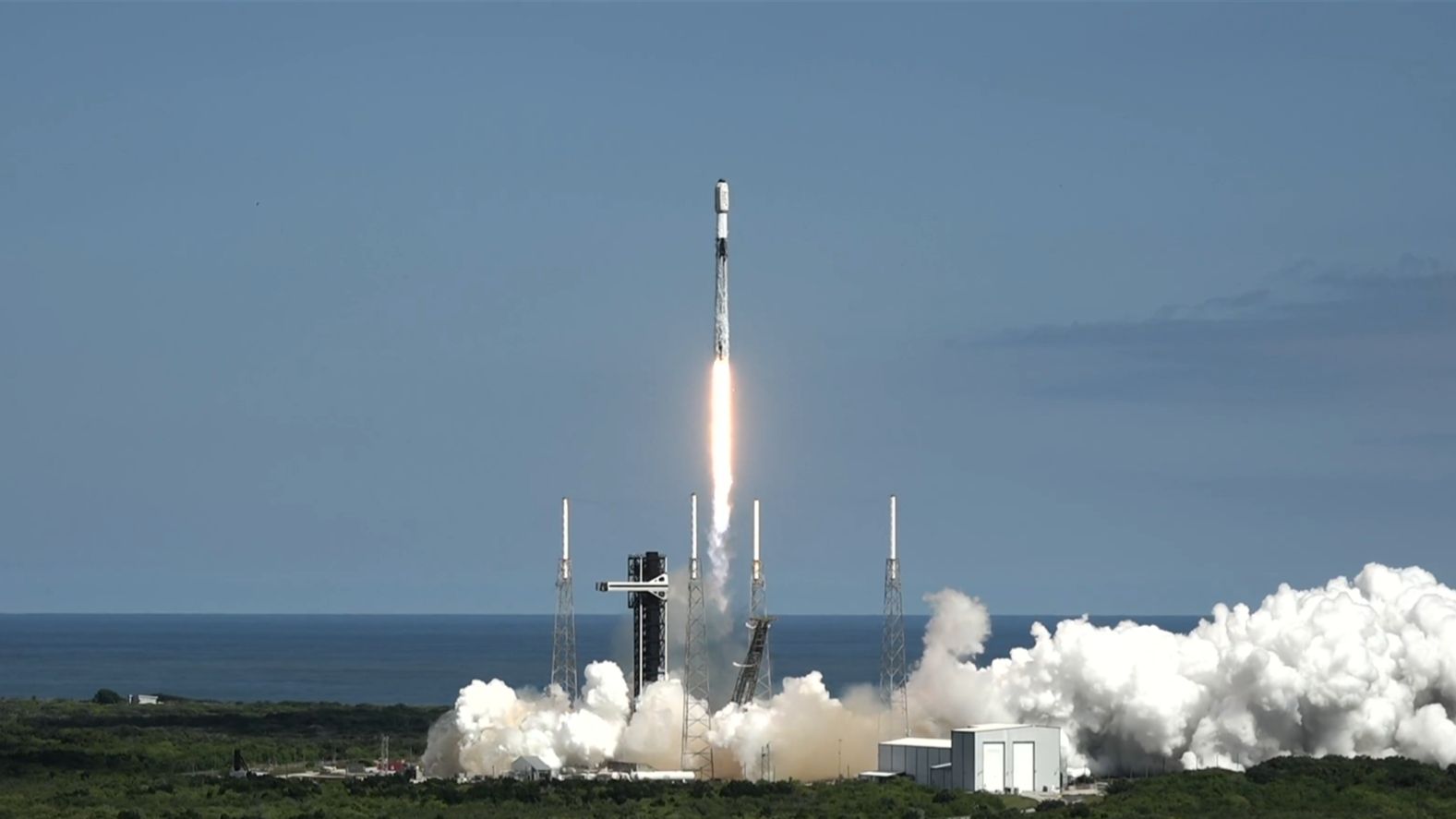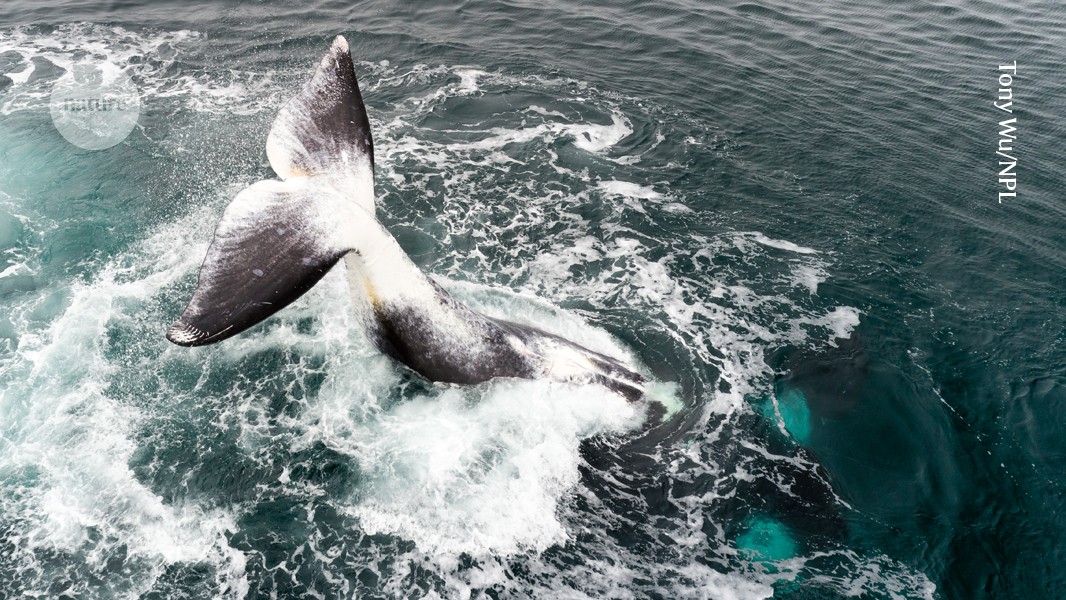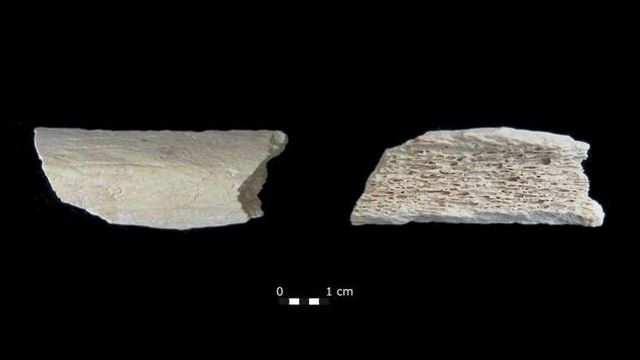- The First 3D Temperature Map Of A Distant Exoplanet astrobiology.com
- Horizontal and vertical exoplanet thermal structure from a JWST spectroscopic eclipse map Nature
- First-Ever 3D Map Of Planet Outside Solar System Reveals Distant World’s Hot…
Category: 7. Science
-
The First 3D Temperature Map Of A Distant Exoplanet – astrobiology.com
-
Jupiter’s Gravity May Explain a 4.5-Billion-Year-Old Meteorite Mystery – SciTechDaily
- Jupiter’s Gravity May Explain a 4.5-Billion-Year-Old Meteorite Mystery SciTechDaily
- Without Jupiter, we wouldn’t exist. Gas giant saved Earth from plunging into the Sun, say scientists BBC Sky at Night Magazine
- Rice planetary scientists link…
Continue Reading
-

Evidence for improved DNA repair in long-lived bowhead whale
Reagents
Detailed information on reagents, such as antibodies and sequences of primers, probes, CRISPR guides, and siRNAs, is provided in Supplementary Table 2.
Animal experiments
All animal experiments were approved and performed under pre-approved…
Continue Reading
-

Allen School News » Allen School faculty and alum recognized in MIT Technology Review’s Innovators Under 35 Asia Pacific
Each year, the MIT Technology Review recognizes science and technology trailblazers whose work is helping solve global problems. Three members of the Allen School community were named part of this year’s MIT Technology Review…
Continue Reading
-

New Nanomaterial Helps Patients With Kidney Stones
During a procedure known as laser lithotripsy, urologists use a small, video-guided laser to blast painful, potentially damaging kidney stones to smithereens.
It’s better for the patient if urologists can break kidney stones down as…
Continue Reading
-

New Nanomaterial Helps Patients With Kidney Stones
During a procedure known as laser lithotripsy, urologists use a small, video-guided laser to blast painful, potentially damaging kidney stones to smithereens.
It’s better for the patient if urologists can break kidney stones down as…
Continue Reading
-

SpaceX launches 29 Starlink satellites to orbit from Florida
SpaceX launched 29 more of its Starlink internet satellites to orbit today (Oct. 29), sending them up from Florida’s Space Coast.
A Falcon 9 rocket carrying the Starlink spacecraft lifted off from Cape Canaveral Space Force Station today at 12:35…
Continue Reading
-

its secret could help extend human lifespan
The bowhead whale (Balaena mysticetus) can live for more than 200 years, thanks in part to a highly effective DNA-repair protein.Credit: Tony Wu/Nature Picture Library
Encased in a blanket of blubber that is nearly half a metre thick, and with a…
Continue Reading
-

A pangenome and pantranscriptome of hexaploid oat
DNA extraction
Plant growth and isolation of high-molecular-weight DNA
High-molecular-weight (HMW) DNA was extracted from young leaf tissue from a single two-week-old seedling grown in an isolated growth chamber under a 12-h photoperiod. The…
Continue Reading
-

Neanderthal Bone in Crimea Traced to Siberian Origins
The human bone was scanned using micro-CT imaging, which revealed it was likely to have come from a thigh bone. Subsequently, it was also radiocarbon dated using the most up-to-date decontamination methods, which placed the bone between 46,000…
Continue Reading